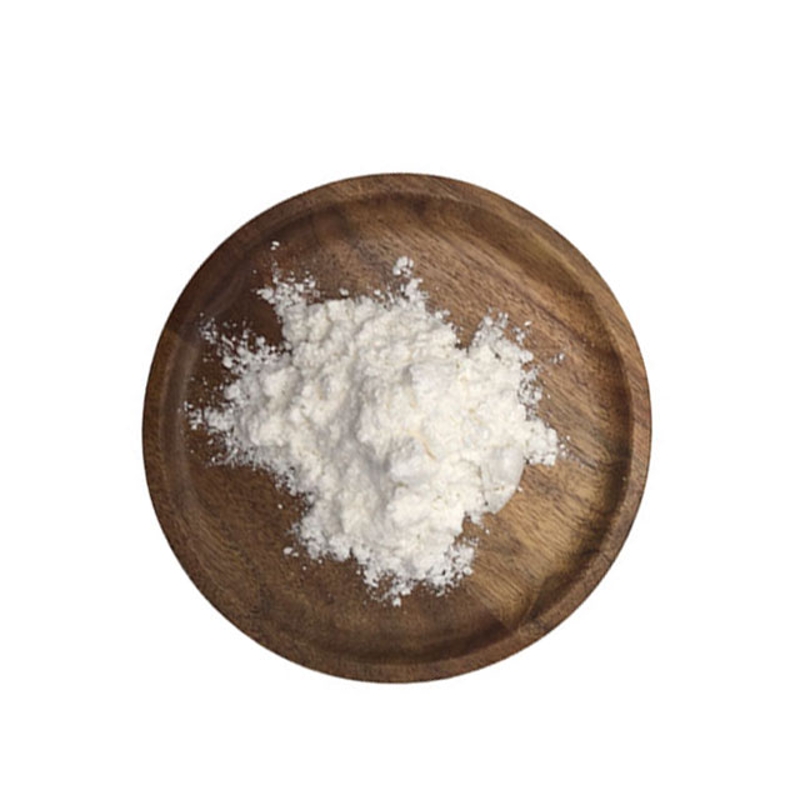-
Categories
-
Pharmaceutical Intermediates
-
Active Pharmaceutical Ingredients
-
Food Additives
- Industrial Coatings
- Agrochemicals
- Dyes and Pigments
- Surfactant
- Flavors and Fragrances
- Chemical Reagents
- Catalyst and Auxiliary
- Natural Products
- Inorganic Chemistry
-
Organic Chemistry
-
Biochemical Engineering
- Analytical Chemistry
- Cosmetic Ingredient
-
Pharmaceutical Intermediates
Promotion
ECHEMI Mall
Wholesale
Weekly Price
Exhibition
News
-
Trade Service
Recently, the Journal of Clinical Oncology published a study of CTLA-4 monoclonal antibody (Tremelimumab) combined with PD-L1 inhibitor (Durvalumab) in the treatment of unresectable hepatocellular carcinoma
.
The Phase I/II study (NCT02519348) mainly evaluates the safety and efficacy of Tremelimumab and Durvalumab as a single agent or combined treatment for patients with unresectable hepatocellular carcinoma (HCC)
Recently, the Journal of Clinical Oncology published a study of CTLA-4 monoclonal antibody (Tremelimumab) combined with PD-L1 inhibitor (Durvalumab) in the treatment of unresectable hepatocellular carcinoma
The study is mainly divided into 4 parts, Part 1 assesses the efficacy and safety of T75+D
.
Part 2A (n=115) patients were randomized (1:1:1) to receive durvalumab monotherapy, tremelimumab monotherapy and T75+D treatment
The study is mainly divided into 4 parts, Part 1 assesses the efficacy and safety of T75+D
Research Overview
Research Overview332 patients were included in parts 2 and 3 studies (T300 +D, n=75; durvalumab, n=104; tremelimumab, n=69; and T75+D, n=84)
.
Tremelimumab monotherapy has the highest incidence of overall treatment adverse events and ≥ grade 3 adverse events
332 patients were included in parts 2 and 3 studies (T300 +D, n=75; durvalumab, n=104; tremelimumab, n=69; and T75+D, n=84)
Treatment adverse events
Treatment adverse eventsThe first part 2A, 2B, and 3 combined efficacy evaluation, the ORRs (95% CI) of the T300 +D, durvalumab, tremelimumab and T75+D groups were 24.
0% (14.
9 to 35.
3), 10.
6% (5.
4 to 18.
1), respectively , 7.
2% (2.
4 to 16.
1), and 9.
5% (4.
2 to 17.
9)
.
The disease control rate (DCR) was 45.
The first part 2A, 2B, and 3 combined efficacy evaluation, the ORRs (95% CI) of the T300 +D, durvalumab, tremelimumab and T75+D groups were 24.
Efficacy evaluation
Efficacy evaluationThe median OS of T300 +D, durvalumab, tremelimumab and T75+D groups were 18.
73 (10.
78 to 27.
27), 13.
57 (8.
74 to 17.
64), 15.
11 (11.
33 to 20.
50), 11.
30 (8.
38 to 14.
95) months, respectively
.
73 (10.
78 to 27.
27), 13.
57 (8.
74 to 17.
64), 15.
11 (11.
33 to 20.
50), 11.
30 (8.
38 to 14.
95) months, respectively
.
The median OS of T300 +D, durvalumab, tremelimumab and T75+D groups were 18.
Joint OS assessment
Joint OS assessmentWhen only performing survival analysis on part 3, the median OS of T300+D, durvalumab, tremelimumab and T75+D groups were 17.
1 (10.
6 to 22.
8), 12.
9 (6.
5 to NR), 15.
1 (7.
7 to 24.
6), and 11.
3, respectively.
(6.
4 to NR) months
.
The median PFS were 2.
When only performing survival analysis on part 3, the median OS of T300+D, durvalumab, tremelimumab and T75+D groups were 17.
1 (10.
6 to 22.
8), 12.
9 (6.
5 to NR), 15.
1 (7.
7 to 24.
6), and 11.
3, respectively.
(6.
4 to NR) months
.
The median PFS were 2.
2 (1.
9 to 5.
5), 2.
1 (1.
8 to 3.
4), 2.
0 (1.
8 to 5.
4), and 1.
8 (1.
7 to 2.
6) months
.
In the survival analysis of part 3 only, the median OS of the T300 +D, durvalumab, tremelimumab and T75+D groups were 17.
1 (10.
6 to 22.
8), 12.
9 (6.
5 to NR), 15.
1 (7.
7 to 24.
6), and 11.
3 ( 6.
4 to NR) months
.
The median PFS were 2.
2 (1.
9 to 5.
5), 2.
1 (1.
8 to 3.
4), 2.
0 (1.
8 to 5.
4), and 1.
8 (1.
7 to 2.
6) months
.
part 3 OS evaluation
part 3 OS evaluationpart 3 PFS assessment
part 3 PFS assessmentIn summary, the study shows that the four treatment groups all show good tolerability and clinical efficacy, but the T300+D group shows better efficacy-risk-price ratio, which is worthy of further discussion
.
.
Studies have shown that the four treatment groups all show good tolerability and clinical efficacy, but the T300+D group shows better efficacy-risk cost performance, which is worthy of further discussion
.
Studies have shown that the four treatment groups all show good tolerability and clinical efficacy, but the T300+D group shows better efficacy-risk cost performance, which is worthy of further discussion
.
Original source:
Original source:Kelley RK, Sangro B, Harris W, et al.
Safety, Efficacy, and Pharmacodynamics of Tremelimumab Plus Durvalumab for Patients With Unresectable Hepatocellular Carcinoma: Randomized Expansion of a Phase I/II Study.
J Clin Oncol.
2021 Jul 22:JCO2003555.
doi : 10.
1200/JCO.
20.
03555.
Epub ahead of print.
PMID: 34292792.
Safety, Efficacy, and Pharmacodynamics of Tremelimumab Plus Durvalumab for Patients With Unresectable Hepatocellular Carcinoma: Randomized Expansion of a Phase I/II Study.
J Clin Oncol.
2021 Jul 22:JCO2003555.
doi : 10.
1200/JCO.
20.
03555.
Epub ahead of print.
PMID: 34292792.
Leave a message here







